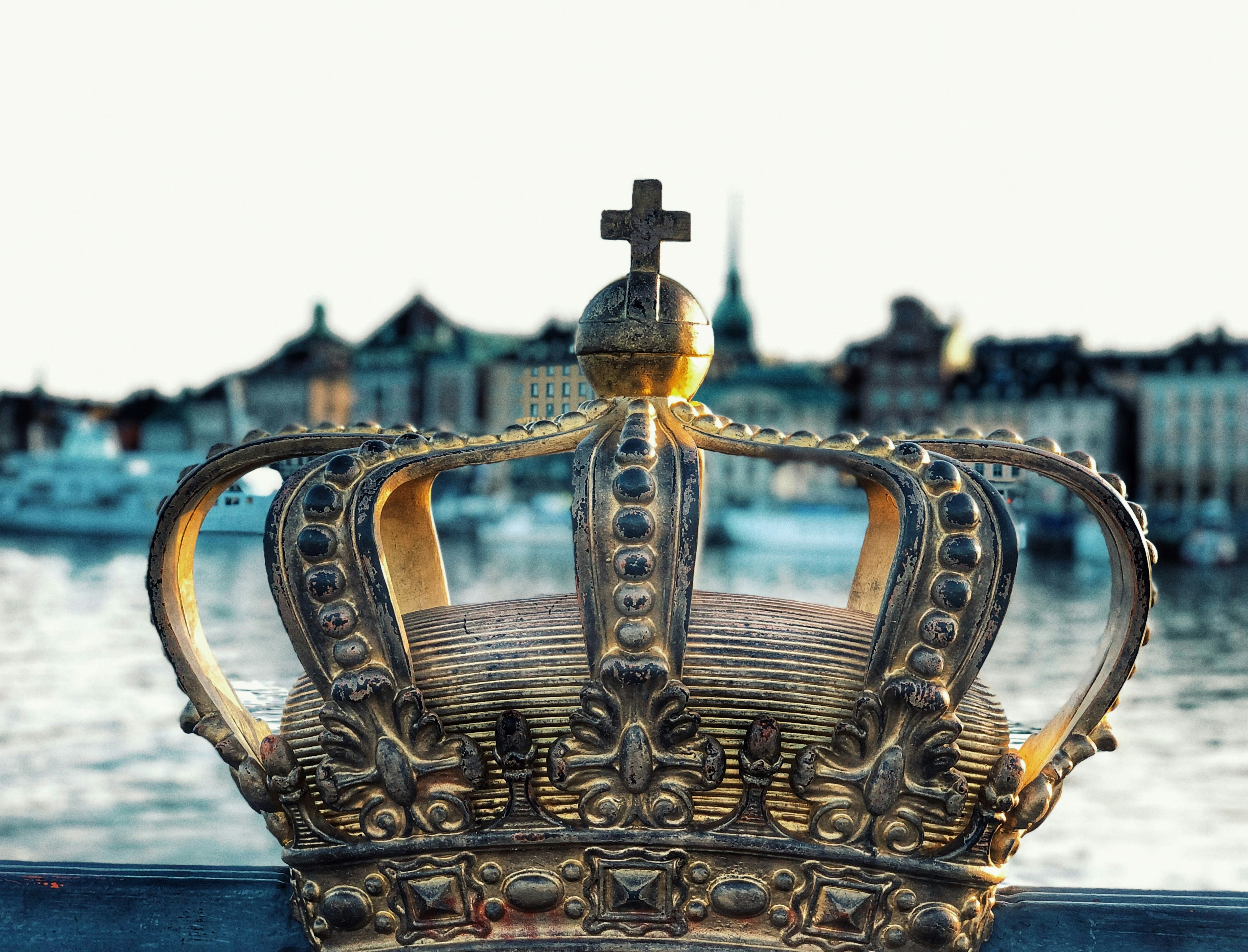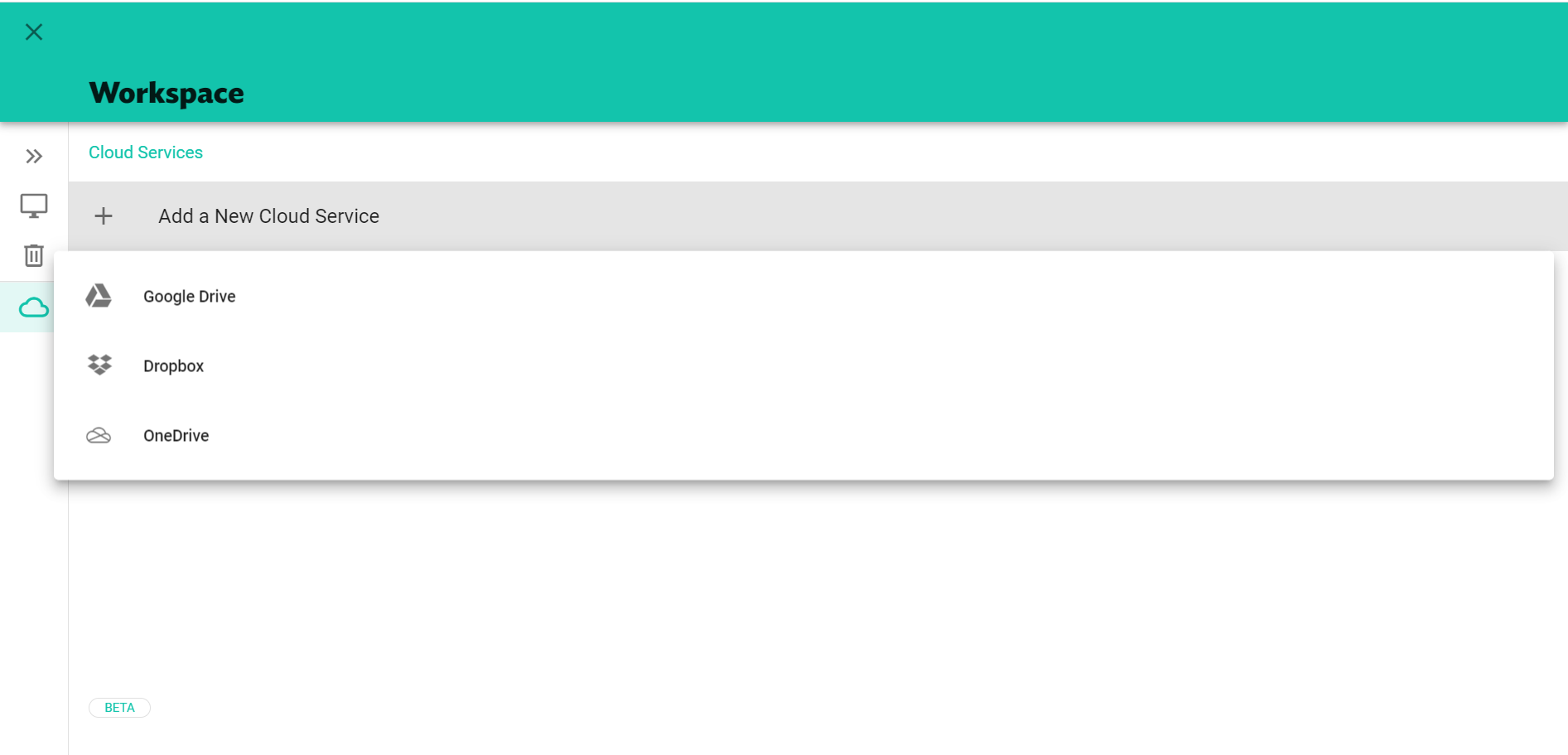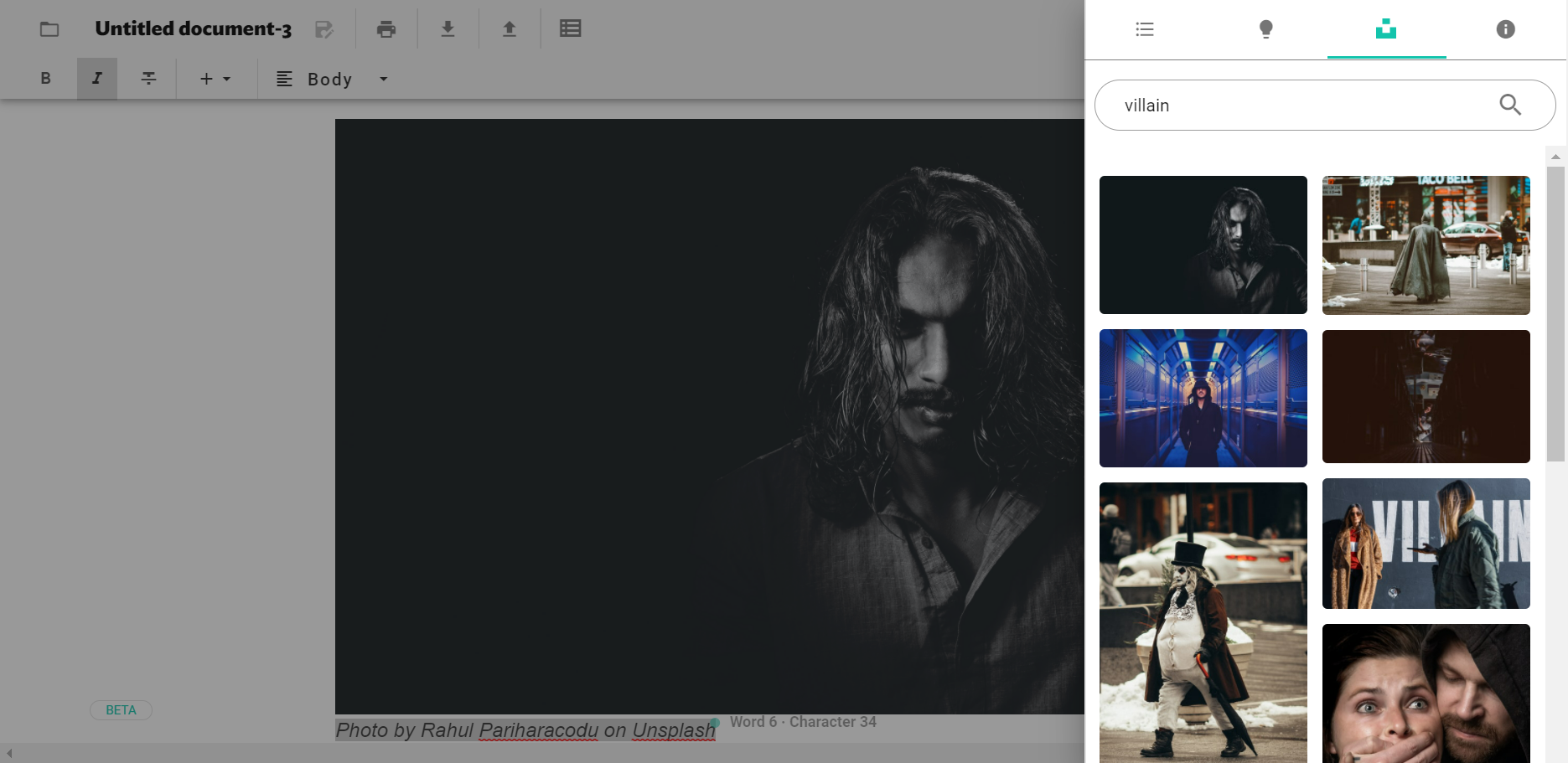6 Main Character Archetypes to Help You Craft Your Protagonist
Learning about archetypes is a great way to start crafting characters in your own story. From the Anti-hero to the Outcast, here are 6 interesting main character archetypes for your reference!

The protagonist — the character whose life, conflicts and relationships drive your story. There's no doubt about it; they are the most important character in your story. And that is why it's so important to craft a compelling and consistent main character.
If you're struggling to keep your protagonist consistent, why not refer to some character archetypes? Archetypes are "templates", so to speak, and can help you to give them a coherent character development arc.
To get you started, here are 6 common main character archetypes that you can try!
1. The Everyman
The Everyman is your average, perfectly normal person that ends up getting dragged into trouble. This character starts out with no particularly heroic or special qualities, and often prefer to blend into their surroundings.
By some twist of fate, however, they become involved in the inciting incident. For example, they might discover that they're of a supernatural descent, or that they have secret power coveted by the evil forces.
Alina Starkov from the Grishaverse is an example of the latter — hardly standing out from her peers and even described as sickly-looking, only to find out later that she possessed world-changing powers.
2. The Underdog
You'll often find yourself cheering on The Underdog. This character starts from zero — they might be in poverty, or from an underprivileged background — and has to fight their way to the top. Their struggles often tug on the audience's heartstrings, and they have to undergo many trials and tribulations to emerge victorious.
Jamal Malik from Slumdog Millionaire is a prime example of an Underdog. Growing up in the slums, Jamal undergoes a series of harrowing experiences, yet his experiences equipped him with a wealth of trivia knowledge that allows him to participate in the gameshow.
3. The Outcast

Photo by Dan Gribbin on Unsplash
The Outcast is someone who isn't accepted into society. Similar to The Underdog, the Outcast may also come from an underprivileged background, or they might have an impairment that society shuns them for. Often, The Outcast yearns for a place or a community to belong to, and their character journey is structured around that yearning.
For instance, Quasimodo from The Hunchback of Notre Dame is an example of The Outcast.
4. The Winner

Photo by Gvantsa Javakhishvili on Unsplash
Unlike the previous archetypes, The Winner begins in a privileged position or is naturally blessed. They might be royalty, or an heir to a wealthy family, or possess supernatural powers revered by others. However, they suffer a fall from grace and have to fight to return to their former glory. In some cases, they may even choose to live a regular person's life instead of regaining their privileged position.
Patroclus from Madeleine Miller's The Song of Achilles is an example of this archetype. The son of King Menoetius, Patroclus falls from grace after killing the son of one of his father's nobles. It is after his exile that Patroclus' story begins…
5. The Antihero

A protagonist doesn't always have to be "the good guy". Enter the Antihero, a character with questionable morals, beliefs and actions. Even though the Antihero seeks to defeat the villain, it's not always for the good of the world. Often times, their motives are selfish -- to save a close friend or for revenge, fame, money or power — and they may achieve a noble cause with not-so-noble actions.
Victor Vale from V. E. Schwab's Vicious is a prime example of The Anti-hero (though, one could argue he's simply just a villain). Due to an old grudge, Victor seeks to exact his revenge on the villainous character and has no qualms about killing or hurting anyone in his way.
6. The Rebel

Photo by Arthur Edelmans on Unsplash
The Rebel is a character who seeks to fight against their society's conventional mores. This archetype often overlaps with other archetypes, like The Antihero, The Outcast or The Underdog. Stories featuring The Rebel often deal with societal issues, such as capitalism, the wealth gap, or authoritarianism, just to name a few, and The Rebel seeks to rectify or defy the status quo.
A classic example of The Rebel would be Robin Hood, the vigilante that steals from the rich to give to the poor. He has a noble quest (to help the poor), but goes about it using questionable means.
The overlap…
As we explore the different archetypes, you may have noticed that many of them overlap. And that is exactly the fun of it all!
When you're crafting your main character, don't limit yourself to one archetype. Have fun mixing and matching the archetypes to give your protagonist that extra oomph. After all, characters that are too archetypal often become boring and cliché.
Take inspiration from real life
As useful as archetypes can be when it comes to crafting a protagonist, the best way to create a realistic main character is to take inspiration from real life!
As you go about your day, take note of what the people around you are like. What are their values and their beliefs? To what extent are they willing to follow their beliefs? And whenever inspiration strikes, jot your ideas down on a digital writing app — like JotterPad!
With JotterPad's cloud sync features, you can simply jot down your notes on your phone and you can access it from your laptop later! All you'll need to do is sign in to JotterPad with a Gmail or Apple ID, and anything you write will be saved onto a cloud service.

If you're a more visual person, JotterPad also allows you to use images to supplement your notes. Maybe you have a certain aesthetic or mood in mind for your main character, and you wish to capture it in an image rather than in words. With JotterPad, you can insert high-quality images with Unsplash to supplement your findings!

Use JotterPad to weave a story for your protagonist now!

